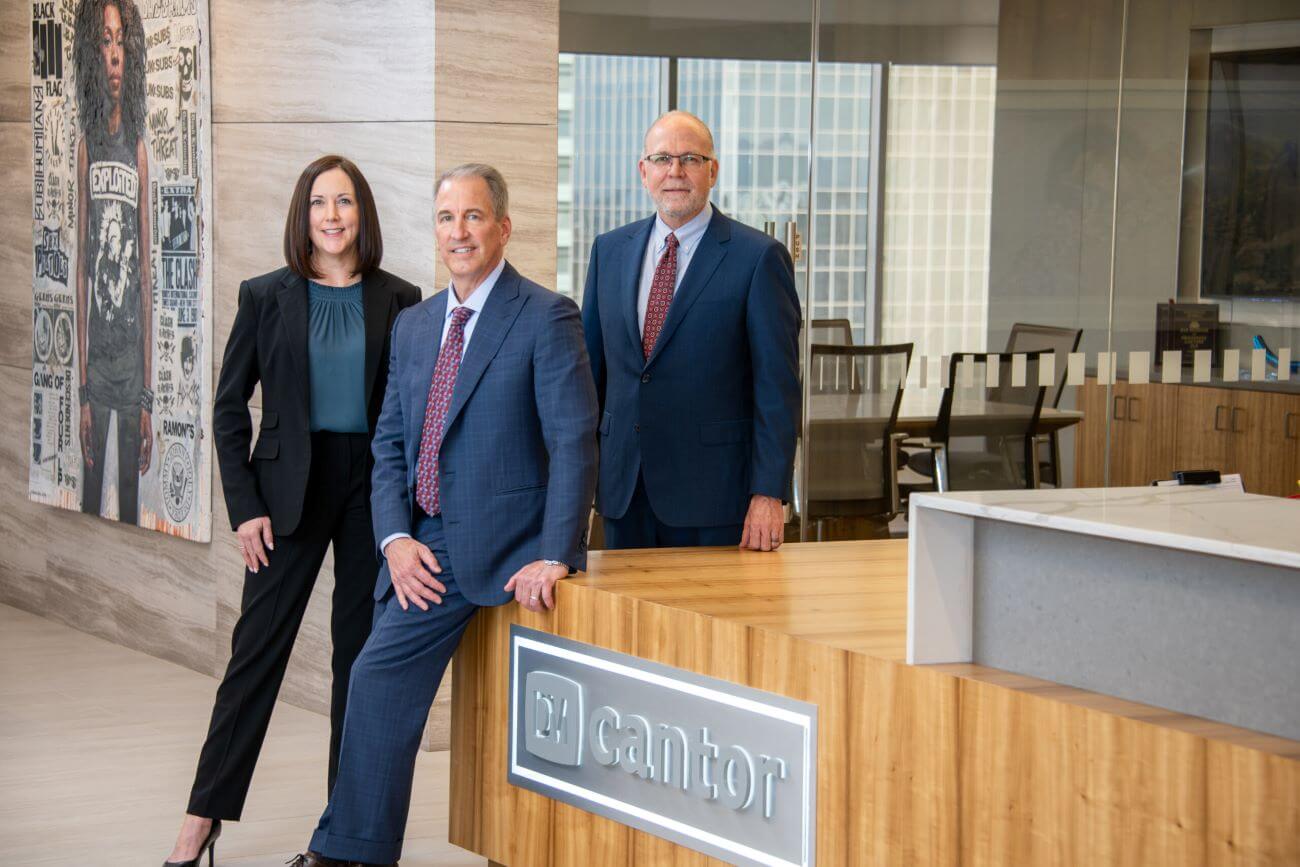Western costumes, deeply rooted in American history, capture the rugged spirit and pioneering essence of the American West. Far more than simple clothing, these garments symbolize a cultural phenomenon that has evolved from practical frontier wear into a cherished fashion trend and iconic representation in popular culture.
Origins of Western Costume
The origins of Western costumes date back to the 19th century, during the westward expansion of the United States. This period, known as the American Frontier, was defined by the exploration and settlement of western territories. The clothing of this era was designed for practicality, durability, and functionality, mirroring the harsh conditions faced by settlers, cowboys, and miners.
Key Elements of Traditional Western Wear
- Cowboy Hat: Crafted from felt or straw, the cowboy hat has become an emblem of the American West. Its wide brim and high crown offer protection from the sun and rain while keeping cowboys cool and shielding their eyes from bright sunlight. Additionally, the hat served practical functions, such as signaling and carrying small items.
- Western Shirt: Made from sturdy materials like cotton or denim, Western shirts often feature snap buttons, decorative yokes, and intricate embroidery. These shirts were designed for outdoor work and riding, combining functionality with a distinctive, stylish flair.
- Boots: Western boots are characterized by their high shafts, pointed toes, and sturdy heels. Initially crafted to protect legs while riding and ensure a secure grip in the stirrups, these boots have since evolved into a fashion statement representing rugged elegance.
- Chaps: Short for “chaparreras,” chaps are leather trousers worn over regular pants. Essential for protecting legs from thorny brush and rough terrain, chaps remain a staple of traditional Western attire, especially in rodeo culture.
- Vest and Fringe: Vests, often adorned with fringe, were popular among cowboys. The fringe added both style and functionality by allowing air circulation, keeping the rider cool. Fringed vests have become a hallmark of Western fashion, blending aesthetic appeal with practicality.
Western Costume in Popular Culture
The allure of Western costumes extends beyond their historical and practical origins. The Western genre has profoundly influenced film, television, and fashion, solidifying the cowboy look as a symbol of adventure, freedom, and rugged individuality.
- Influence of Western Films and TV Shows: Early 20th-century Western films and TV shows, such as “The Lone Ranger,” “Gunsmoke,” and “Bonanza,” played a crucial role in popularizing AMIClubwear Western Costumes . These classics showcased the distinctive style of Western wear, establishing it as a cultural icon.
- Iconic Actors: Figures like John Wayne, Clint Eastwood, and Tom Selleck, who donned Western attire, have embodied the rugged, heroic persona of the cowboy. Their portrayals have reinforced the romanticized image of the American West and contributed to the enduring appeal of Western fashion.
- Modern Fashion: Today, Western costumes are experiencing a revival, blending traditional elements with contemporary trends. Designers incorporate Western motifs into haute couture, streetwear, and casual attire, creating a fusion of old and new that appeals to a broad audience.
- High Fashion: Designers such as Ralph Lauren and Giorgio Armani have embraced Western aesthetics in their collections, featuring cowboy hats, fringed jackets, and embellished boots. This integration of traditional Western wear with high fashion sensibilities adds rustic elegance to the runway.
- Streetwear: Western-inspired elements have found their way into streetwear, with denim jackets, plaid shirts, and cowboy boots becoming popular among younger generations. This blend of Western style with urban fashion creates a unique look reflecting diverse cultural influences.
- Festival Fashion: Music festivals like Coachella have popularized Western costumes as part of festival fashion. Fringed vests, cowboy hats, and embellished boots have become staples in festival wardrobes, contributing to the resurgence of Western style in contemporary fashion.
The Cultural Significance of Western Costume
Western costumes carry profound cultural and symbolic meanings. They evoke the spirit of adventure and the pioneering ethos of the American West, symbolizing a connection to a bygone era and reminding us of the resilience and independence of frontier settlers.
- Symbol of Individualism: The cowboy, dressed in Western attire, represents individualism and self-reliance. The rugged, practical nature of Western clothing mirrors the perseverance and independence necessary for frontier survival. This image has resonated globally, reinforcing the cowboy as a quintessential symbol of freedom and adventure.
- Preservation of Heritage: Western costumes also play a role in preserving cultural heritage. Events like rodeos, country fairs, and historical reenactments celebrate the traditions of the American West. Wearing traditional Western attire during these events helps maintain a connection to the past and keeps the legacy of the frontier alive.
Conclusion
Western costumes, with their roots in the American Frontier, have transformed from practical attire into cultural icons. Their influence spans fashion, film, and popular culture, symbolizing the adventurous spirit and rugged individuality of the American West. Whether featured in historical reenactments, high fashion, or festival wear, Western costumes continue to captivate and inspire, reflecting a rich heritage and timeless allure
